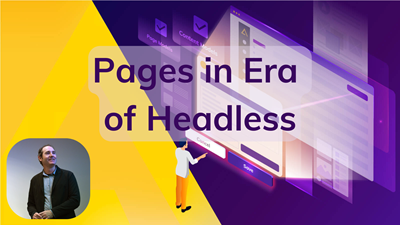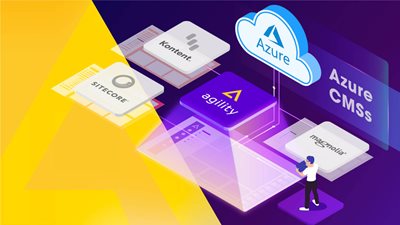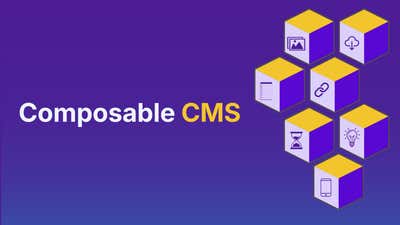Pages in an Era of Headless CMS


Agility CMS has always been headless, with the typical structures associated with a headless CMS, like content models, lists, and file assets. But we felt more was needed to really round out the editor experience. That's why we have Page Management: it brings a few more structures into the system that make managing content on your website much easier, especially as it relates to a design system comprised of high-level components.
Agility brings three additional structures that make it easy for developers to build out the aspects of the design system that they want to make available for editors to work with. The benefit is that a developer will build out all the various frontend components, but the editor will decide where they go and how often they are used. Since the editors are the folks who will inherit this system long after the development is complete, empowering them is critical to a future-proof strategy.
But what should we call these structures? Here's what we USED to call them:
- Sitemaps
- A hierarchical structure that represents the paths on the website, with each path representing a web page.
- Layouts
- A page structure with a Title, Meta Data, and one or more Components on it.
- Components
- A piece of content that's attached to a Layout.
- The fields on the component represent the properties (text, images, configuration) that a visual component would need in order to be rendered on the frontend.
All of the structures above can be edited in the Agility Content Manager and are available as JSON structures via the Fetch API. In other words, they are available in a headless way, even though they aren't a content list.
So, why not call Layouts what they really are... Pages?
You're right!
You're more right than you think—in a previous version of Agility, we actually did refer to Pages as, well, Pages, but when we were telling folks in the industry that we're Headless, the feedback came back that Pages CAN'T BE HEADLESS, so you're all imposters! Actually, it was a little less aggressive, but it did lead us to change the wording to Layouts to try to be a little more abstract, thinking that people would understand us better.
WRONG!
Nobody likes Layouts. A Layout is a Page, and if we have to continually explain it that way, why not just call it a Page? Agreed.
So, to make a long story short, we changed our mind on a critical piece of terminology, and the only way to make it right is to change it. As of June 25, 2024, Layouts will become Pages, again.

About the Author
Joel is CTO at Agility. His first job, though, is as a father to 2 amazing humans.
Joining Agility in 2005, he has over 20 years of experience in software development and product management. He embraced cloud technology as a groundbreaking concept over a decade ago, and he continues to help customers adopt new technology with hybrid frameworks and the Jamstack. He holds a degree from The University of Guelph in English and Computer Science. He's led Agility CMS to many awards and accolades during his tenure such as being named the Best Cloud CMS by CMS Critic, as a leader on G2.com for Headless CMS, and a leader in Customer Experience on Gartner Peer Insights.
As CTO, Joel oversees the Product team, as well as working closely with the Growth and Customer Success teams. When he's not kicking butt with Agility, Joel coaches high-school football and directs musical theatre. Learn more about Joel HERE.



